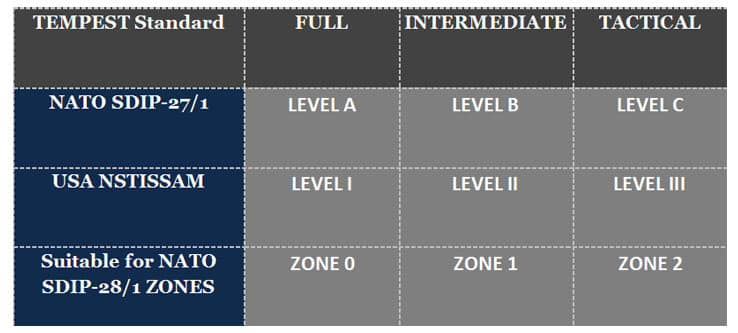The procedures implement national-level and DOD policies to protect information from foreign intelligence collection. It requires that the application of TEMPEST countermeasures be proportional and appropriate to the threat and potential damage to national security. It explains the selection, training, utilization, and operational requirements for appointment of an Army certified TEMPEST Technical Authority (CTTA) and provides Army protected distribution policy.







